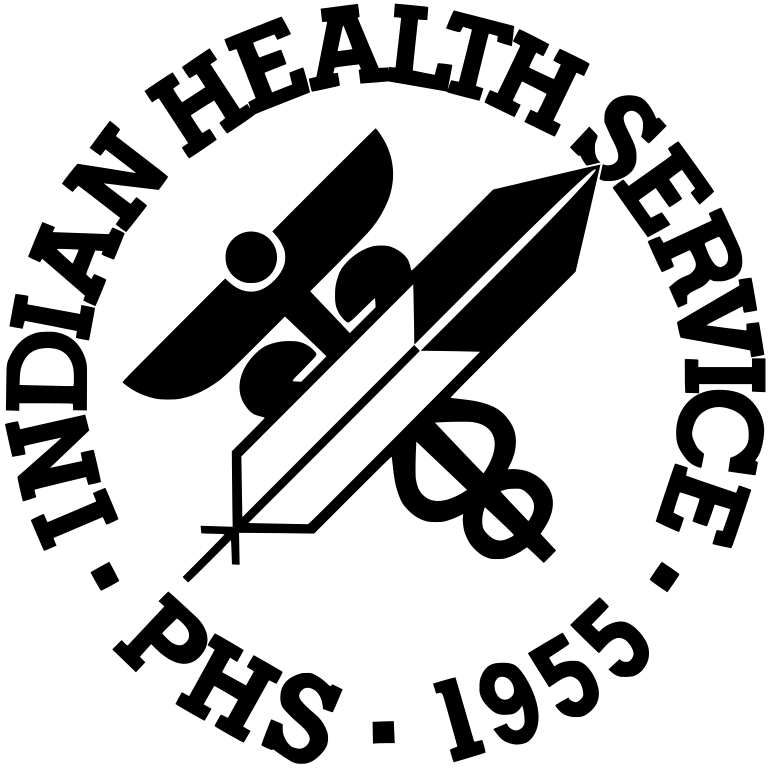Conversation Starter for Educators and Clinicians Working in Native Communities
Conversation Starter for Educators and Clinicians Working in Native Communities - Food and Nutrition
Background and Context
Educators, clinicians, and other members of the health care team often have the opportunity to talk with community members about food, nutrition, and factors that influence eating behaviors. Health care team members are encouraged to have a conversation and support community members along their food and nutrition journey. Use this tool to strengthen your understanding of food and nutrition as you work with members in your community.
Share
View Handout [PDF – 1.5 MB]
Navigating Nutrition Education in the Indian Health System
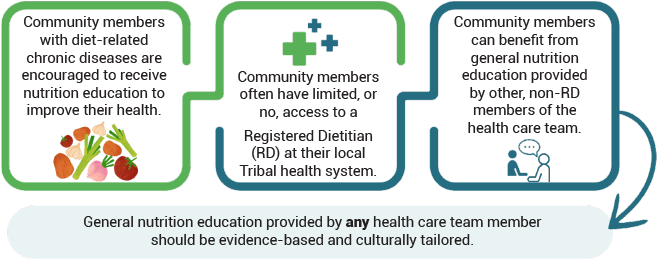
General nutrition education provided by any health care team member should be evidence-based and culturally tailored.
If I’m not an RD, can I still provide general nutrition education?
YES!
Providing information about nutrition, including guidance about behavior change, are services that health care team members can provide to help community members make informed decisions about their food and eating habits.
What is Medical Nutrition Therapy or MNT?
MNT is a personalized, nutrition-based treatment plan created by an RD to treat or manage one or more health conditions. MNT for those with complex health conditions should only be provided by an RD.
In MNT, an RD will do the following:
- assess health status, medical history, and eating patterns
- identify any dietary issues
- create a personalized, culturally appropriate and medically supervised nutrition plan
When is MNT recommended?
MNT for most complex health conditions is recommended at diagnosis, annually, and more often as needed.
Issues to Consider
Understanding and addressing issues that influence a person’s eating behaviors are important to consider as you talk with community members about food and nutrition.
Food and Nutrition Insecurity
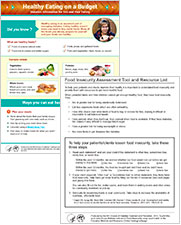 Community members with food and nutrition insecurity can be predisposed to overeating available foods, skipping meals, or choosing foods that are less expensive and unhealthy.
Community members with food and nutrition insecurity can be predisposed to overeating available foods, skipping meals, or choosing foods that are less expensive and unhealthy.
- Not having money to buy enough quality food affects eating habits. To share ideas with community members on how to stretch food dollars, use the Healthy Eating On A Budget tip sheet as a guide.
- Assess the individuals’ access to a sufficient quantity of affordable, nutritious foods. Start by using the IHS Food Insecurity Assessment Tool and Resource List. [PDF – 534 KB]
- Provide individuals with information on the resources available in their community to address food insecurity issues.
Traditional Foods
- Talk with Tribal members, such as elders, about traditional foods in their community and how these foods are harvested, prepared, and preserved. Collaborate with them to offer food demonstrations and cooking classes using traditional foods.
- Partner with local food sovereignty initiatives, cultural programs, or organizations.
- Find more information about traditional foods on the IHS Nutrition - Food Sovereignty page.
Emotions and Stress
- Food can often be used as a coping agent or to fill a void in some conditions, such as depression, anxiety, and stress.
- Encourage individuals to practice mindful eating (e.g., honoring our food, eating slowly, avoiding distractions while eating).
- If the issues presented are beyond your scope of practice, refer community members to a behavioral health professional.
Eating Away From Home
Family and community gatherings

- Social gatherings are important to community members and may affect healthy eating habits.
- Keep in mind that declining foods offered at gatherings, potlatches, feasts, and potlucks may not be socially or culturally acceptable.
- A common practice in community settings is taking leftover food home – with the understanding that food should not be wasted or thrown away.
- Help community members plan ahead by using My Native Plate as a guide in selecting types of foods commonly found at gatherings.
- For more tips, see the handout Ten Doable Ways You Can Enjoy Meals on Special Days. [PDF – 246 KB]
Fast food, restaurants, take-out or delivery, and local food vendors
- Recognize that community members may receive food and meals from options such as roadside stands, trading posts, gas stations, and other community-based food vendors.
- Discuss how to compare food choices and select the healthier option. Keep in mind that menu options labeled “healthy” may cost more.
- Suggest ways to use My Native Plate when eating away from home.
Use My Native Plate as a Guide
My Native Plate is a visual guide to help your adult community members eat healthy meals. Use it to engage discussion about eating practices such as food choices, meal preparations, and portions.
My Native Plate can also help educators and clinicians with the following:
- Encourage individuals to set nutrition-related goals.
- Work with community members and their families to develop a basic meal plan that includes traditional and cultural preferences.
- Discuss how traditional foods can work with My Native Plate.
- Use examples and tips to encourage eating a variety of foods.
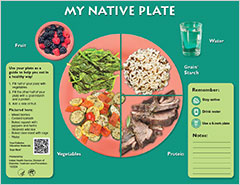
Front Side
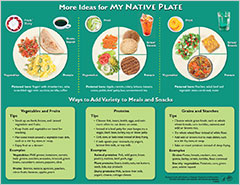
Back Side

